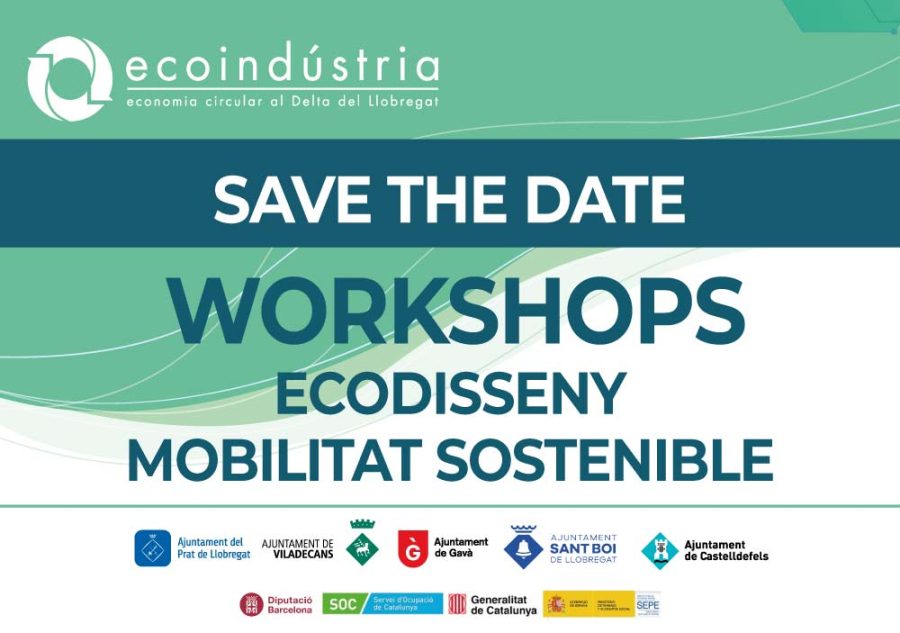The European Environment Agency (EEA) has published a report that ensures that more investment is needed so that urban wastewater treatment plants are able to face the difficult challenges posed by the impacts of climate change.
Much has been done in recent decades to improve wastewater treatment, according to the latest information published by the AEMA on Challenges in urban wastewater treatment for the 21st century. The proportion of households connected to treatment facilities varies across Europe, from 97% in western and central Europe to around 70% in southern, south-eastern and eastern Europe. However, as the EEA points out, urban wastewater treatment must address challenges such as the climate crisis, population changes and emerging pollutants that require substantial investment, in addition to maintaining infrastructure existing
The extreme weather phenomena linked to the climate crisis are causing more intense and frequent rains in some areas, but water shortages in others, affecting the operation of storm sewers and treatment plants. Excessive rainstorms can overwhelm and overload sewer systems and cause overflows in treatment plants, while a lack of rain can cause problems in wastewater collection and treatment.
These challenges are in addition to those that are routinely addressed by competent authorities and water utilities, including financing the construction, maintenance, operation and upgrading of plants, as well as supply and adequately trained personnel to provide the necessary improvements in the treatment of waste water.
The AEMA report also points out that antibiotics and other pharmaceutical products are increasingly found in wastewater. These chemicals are part of a mix of chemicals that many treatment plants cannot easily address, as they require expensive, more stringent and energy-intensive treatment techniques.
Sustainable solutions and investments are key.
The report notes that energy costs and scarce resources are reasons to promote water efficiency. In addition, they provide an opportunity for treatment plants to contribute more to the recycling and reuse of water and the recovery of materials such as phosphorus that can be collected during the treatment cycle. The report cites some examples of investments already being made across Europe to improve resilience in the field of wastewater treatment, with the use of retention ponds and rainwater tanks to to manage water flows from flash floods, or to reuse water that has been treated and cleaned.
For example, in Malta, the Ta'Bakrat urban wastewater treatment plant serves 434,000 population equivalents (PE) and treats approximately 80% of all wastewater in Malta. The facility is subject to specific pressures during the tourist season. Investment in treatment technology has helped address the problem of water scarcity as the facility aims to provide 7 billion liters of reclaimed water for agricultural irrigation and aquifer recharge each year . The new construction of the treatment costs 20 million euros, with another 20 million invested in irrigation infrastructure.







